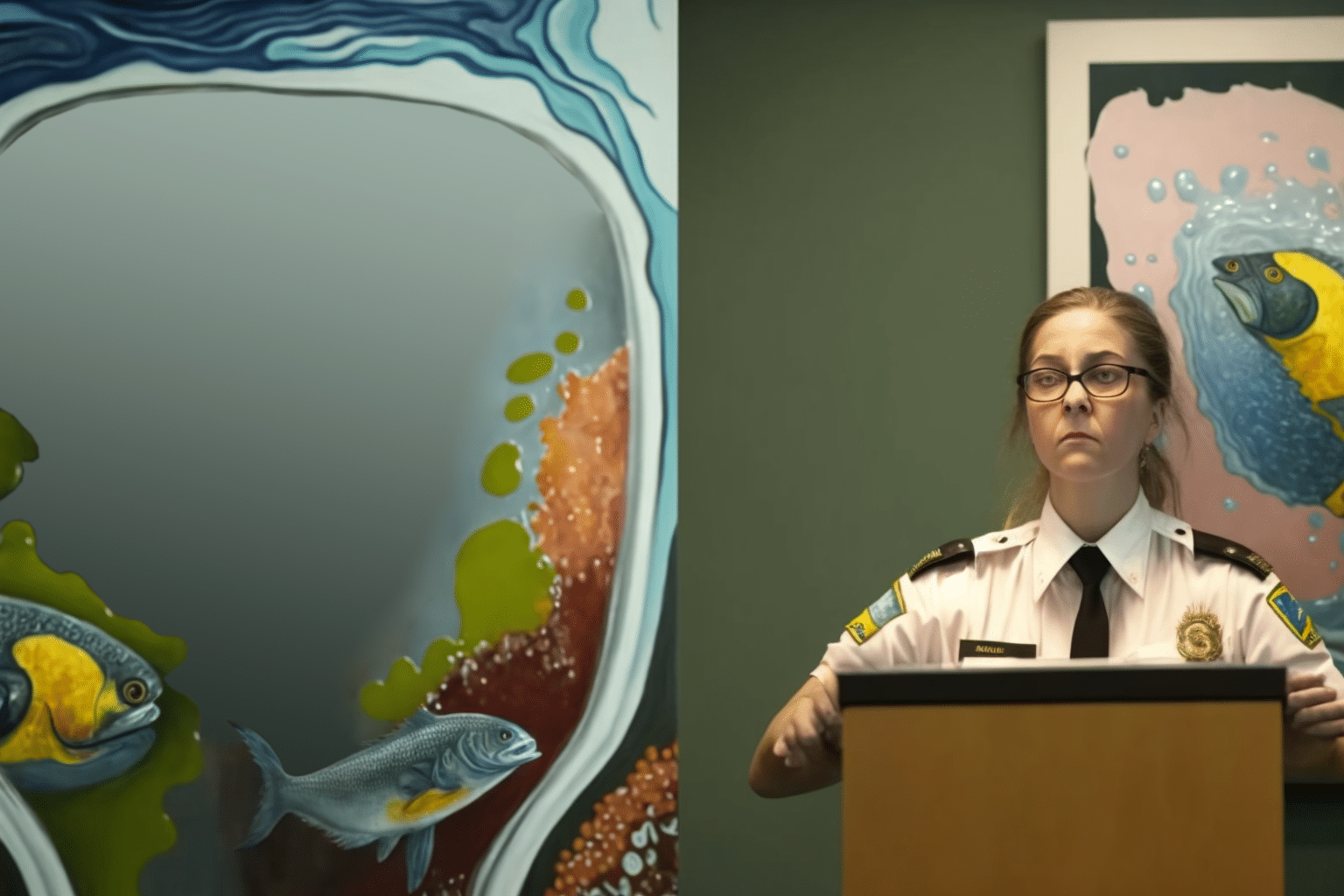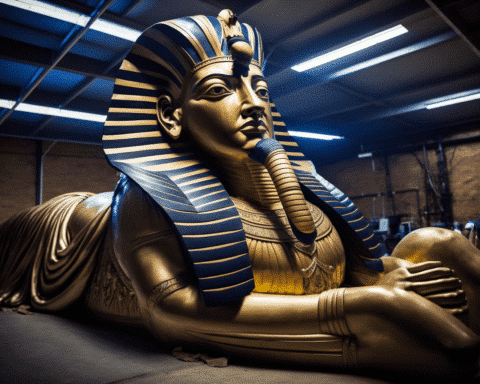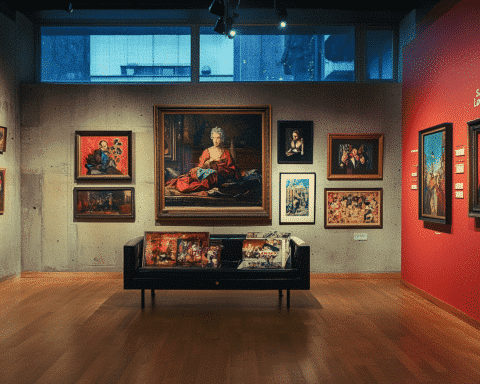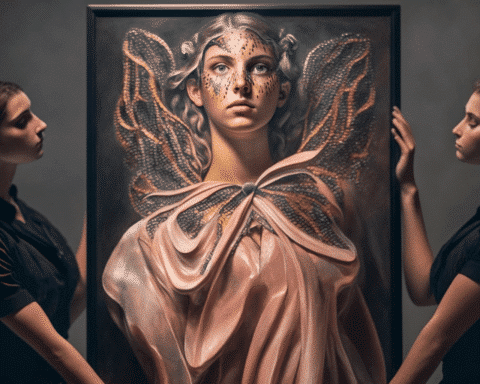Canadian police have apprehended eight individuals and seized over 1,000 artworks concerning an extensive art forgery operation involving pieces by Ojibwe artist Norval Morrisseau. The Ontario Provincial Police declared this the most significant art fraud case in the history of the world.
The investigation led to the arrest of eight suspects, including a family member of the late artist, and the confiscation of more than 1,000 paintings. The forgery network relied on child labour in sweatshops and exploited young Indigenous artists, highlighting broader issues concerning Canada’s treatment of its First Nations population.
Morrisseau, a pioneering artist who overcame Canada’s infamous residential school system and a life-threatening illness as a teenager to achieve global success, became aware of counterfeit versions of his work before he passed away in 2007. However, it was the 2019 documentary by Canadian filmmaker Jamie Kastner, titled There Are No Fakes, which brought the issue to a broader audience.
The documentary began with musician Kevin Hearn from the Canadian band Barenaked Ladies suing the Maslak McLeod Gallery in Toronto for allegedly selling him a forged Morrisseau painting. The film exposed an art fraud operation in Thunder Bay, where Morrisseau lived and worked for years, and speculated that the number of fake works might be up to ten times greater than authentic ones.
Kastner’s documentary played a role in Hearn’s lawsuit, initially dismissed by the courts due to a lack of conclusive proof that the painting was counterfeit. Following the film’s release, the Ontario Court of Appeal overturned the initial decision and awarded Hearn CAD 60,000 (approximately USD 44,000). Ontario police also credited the documentary with sparking their investigation.
Kastner, currently in a legal dispute with Ontario police over the seizure of materials from his film as evidence, estimates that there are “at least 3,000 more forgeries” in existence. Many of these disputed pieces can be easily identified by their English signature on the back, as Morrisseau always signed his works in Ojibwe as “Copper Thunderbird” on the front.
Cory Dingle, who manages Morrisseau’s estate, expressed concern about the impact of the forgery scandal on the artist’s legacy and the broader Canadian art market. Others speculate that the scandal might raise public awareness and increase the value of Morrisseau’s work.
Morrisseau, known as the founder of the Woodlands School of Art and nicknamed “the Picasso of the North” by Marc Chagall, created artwork that addressed the cultural and political tensions between Indigenous and settler traditions while also celebrating cultural and sexual fluidity. His later work embraced modern styles, influencing painters such as Lawrence Paul Yuxweluptun, who blended Indigenous cosmology with Surrealism.
The 1974 National Film Board documentary The Paradox of Norval Morrisseau brought widespread attention to Morrisseau’s work Indian Jesus Christ (1974), which combined Indigenous devotional symbolism with stained-glass iconography.
Canadian authorities have successfully dismantled the most significant art forgery operation in history, involving the works of Ojibwe artist Norval Morrisseau. This case has raised concerns about the treatment of First Nations communities and highlights the need for vigilance in the art world. The scandal may also increase awareness and appreciation for Morrisseau’s work and legacy.




